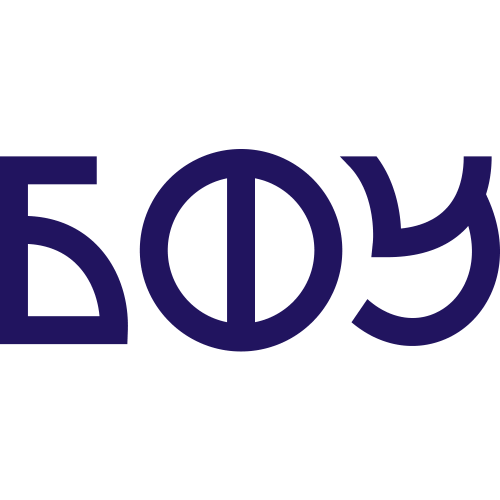Ionic compounds with perfluoroalkyl fluorophosphate anions are promising materials. The number of scientific papers devoted to them is growing exponentially, there are more and more options for their application, and most importantly, it is possible to create ionic liquids with predetermined properties. Currently, a class of compounds consisting only of ions with a melting point below 100 °C is of great interest – room temperature ionic liquids – ionic liquids. Due to their structure, they are, as a rule, highly polar, non-volatile, non-flammable, electro- and thermally conductive and low-toxic substances with high heat capacity, thermal and chemical stability, resistance to hydrolysis, have the ability to complex and intermolecular interaction. All this makes it possible to consider IL as a promising alternative to traditional organic solvents, electrolyte media, phases for interactions, and catalysts. In addition, by appropriately selecting a cation and/or anion, compounds with the characteristics necessary for specific practical applications can be obtained. Thus, on the basis of the studied perfluoroethyl fluorophosphates, it is possible to obtain both aprotic ionic compounds potentially applicable in lithium batteries and supercapacitors, and protoliths for testing in fuel cells. The project is aimed at studying methods for the synthesis of initial acids and salts - perfluoroethyl fluorophosphates of metals and various onium cations - using complexation and exchange reactions occurring in aqueous and mixed solutions, as well as studying the properties of synthesized compounds using physico-chemical (electrical conductivity, its activation energy), spectroscopic (purity, structure, ionic association and stacking, ion mobility, solubility), thermal (thermal stability, decomposition activation energy, freezing point, heat capacity, density change) analysis methods. At the planned stage, many other properties of ionic liquids will remain outside the scope of the study, such as corrosion activity and methods for building catalytic systems, immobilization of the studied compounds on various carriers. The objects of this study – trisfluoroethyl(pentafluoroethyl)-, tetrakisfluoroedi(pentafluoroethyl)-, pentakisfluoroethylphosphates - belong to the group of hexafluorophosphate derivatives that have already proven themselves as the most important anions in the design of ionic liquids. The first results obtained by our team confirm the possibility of obtaining spectrally pure ionic compounds, including those in a liquid state at room temperature, with high thermal stability. At the same time, phase transitions characteristic of liquid crystals are recorded on thermograms of some of these compounds, and the bipyramidal octahedral structures of salts with metals of the first group are confirmed by X-ray diffraction analysis. In addition, it should be noted that a number of tetraalkylammonium-based salts have proven biological activity. A key feature of the selected objects of the new study is the unique combination of properties of perfluorinated organoelement compounds, which open access to a wide range of innovative industrial applications of products and compositions based on them. The result of the research will be the development of methods for the synthesis of compounds containing a fluorinated organoelement anion with the general formula [PF(6-n)C2F5(n)]- (n=1-3), the establishment of patterns of interaction of the corresponding acids with metal carbonates and bicarbonates, halides and salts of onium bases, the creation of libraries of new ionic compounds and the description of their physico-chemical properties.chemical properties and structure.








